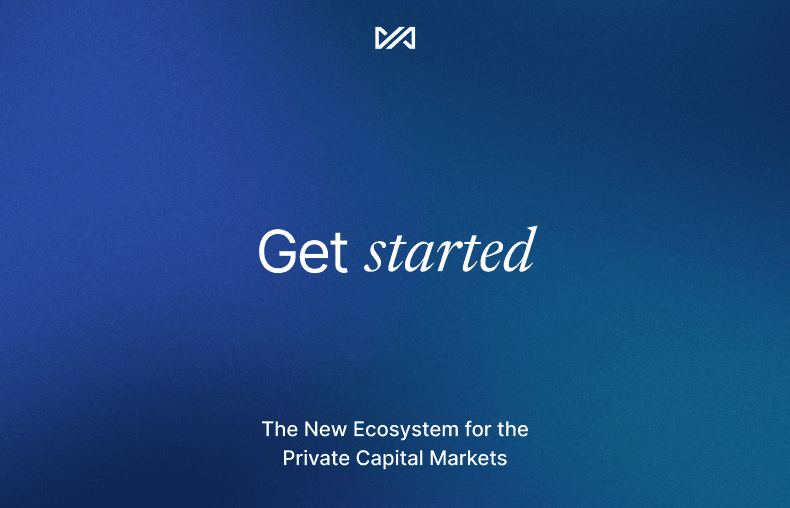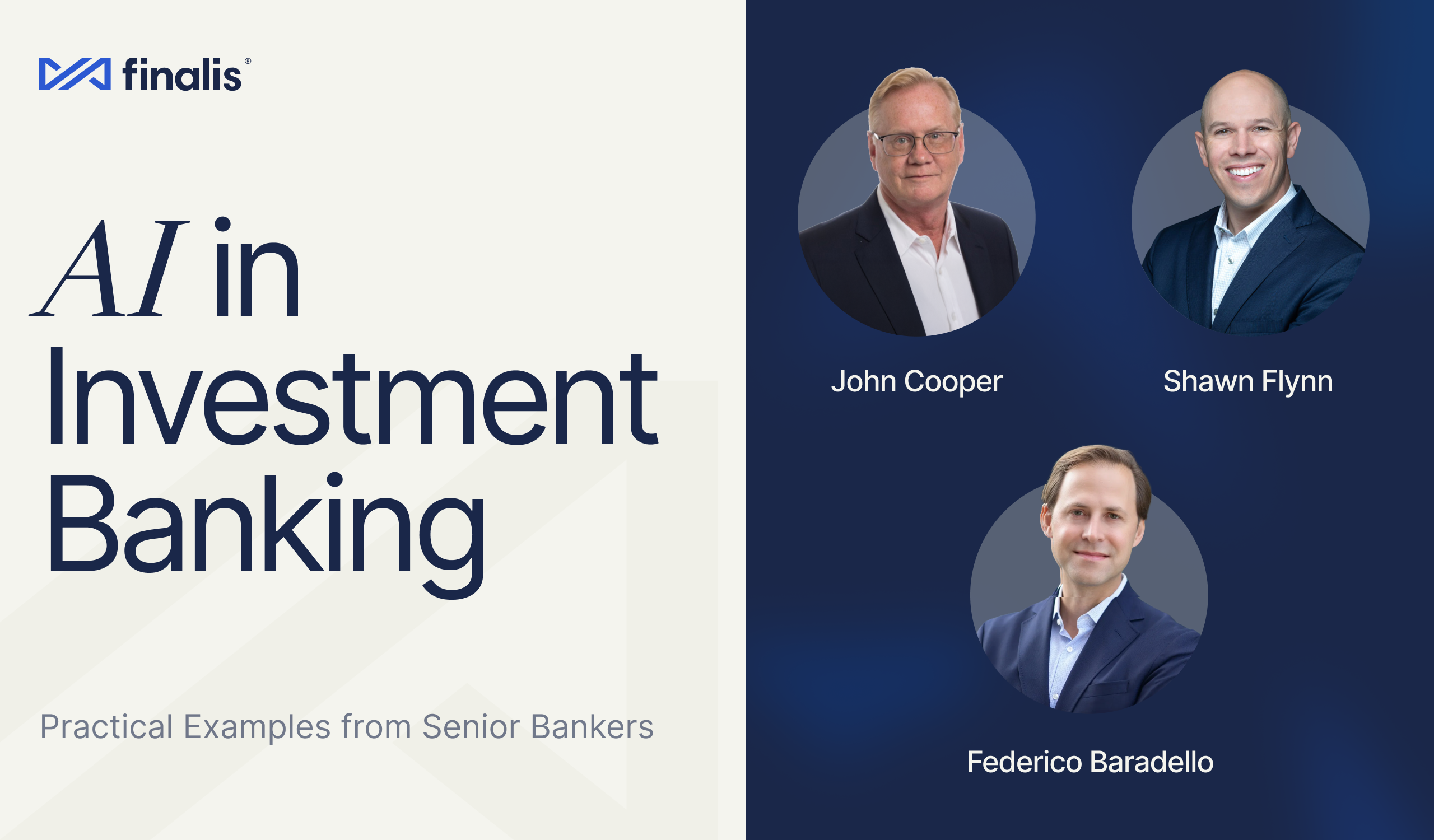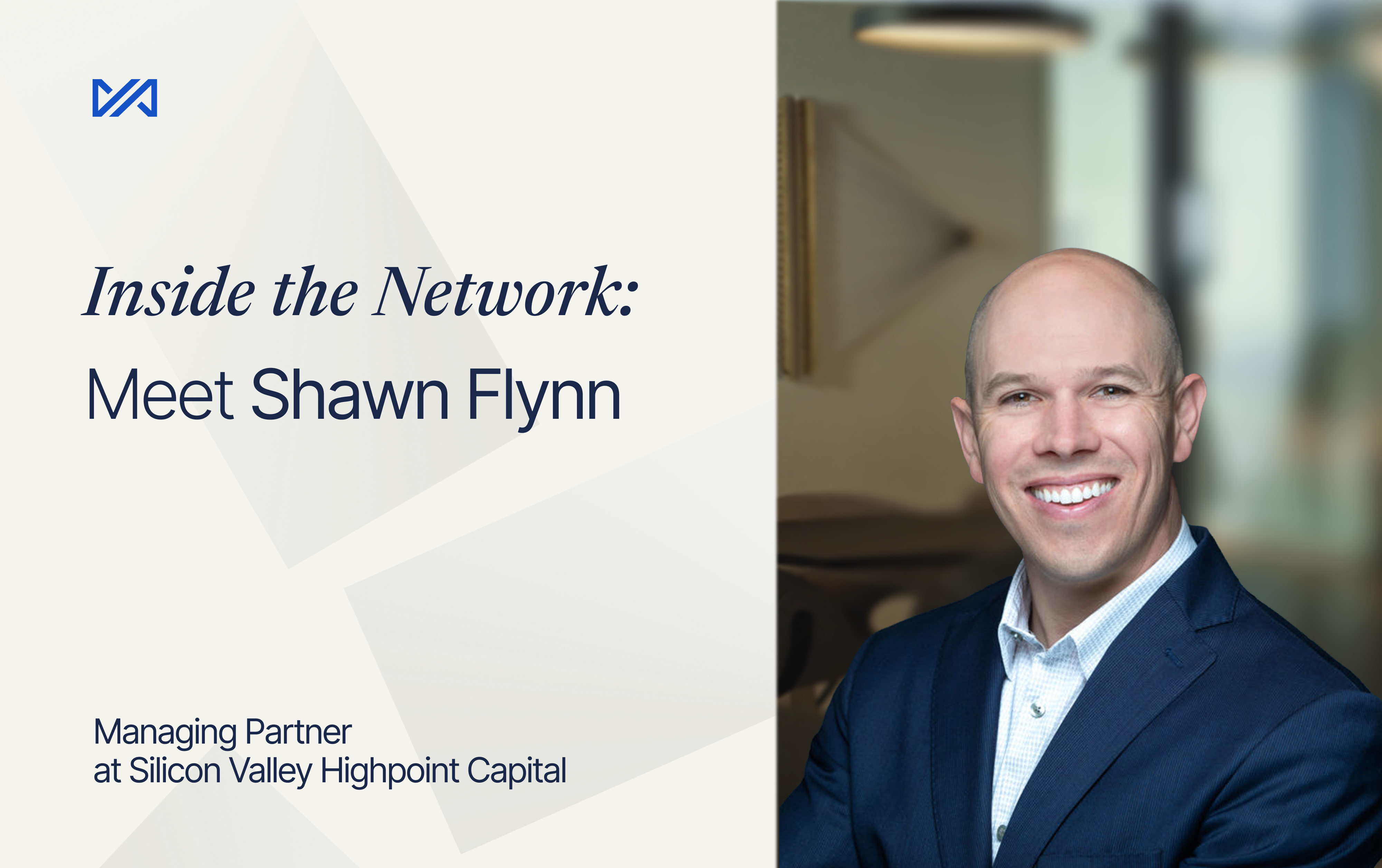Impact investing has emerged as a dynamic investment approach that aims not only for financial returns but seeks to make a positive difference in society and the environment. Building upon our previous blog post on this subject (in which we covered key facts, definitions and basic terms related to impact investing), we now delve deeper into that domain.
In this post, we provide an overview of the impact investing industry, focusing on practical insights for investors. With reports and analysis from experts in the industry (referenced in this blog post), we share findings on the impact investor community, uncover key facts about the evolution of this market, and suggest avenues as to how impact investors can assess and manage their strategies.
Market dynamics and evolution
According to the Global Impact Investing Network (GIIN), the assets under management (AUM) in the impact investing space reached an impressive $1.2T globally—a remarkable 63% increase since 2019. However, this growth is just the beginning. We are already into a key period of action regarding urgent actions that are needed to rejuvenate the United Nations’ Sustainable Development Goals (SDG) and deliver meaningful advancements by 2030.
Also known as the Global Goals, the SDG has been a universal call to action since its adoption by the United Nations in 2015. These goals encompass a range of vital areas, including affordable housing, underserved community development, energy, water, circular economies, sustainability, and healthcare.
The 2023 SDG Global report highlights the challenges posed by the climate crisis, the Russia-Ukraine conflict, the fragile global economy, and the enduring impact of the COVID-19 pandemic. These factors have exposed vulnerabilities, impeding progress towards the SDG; the initial, commendable efforts made by countries have been stymied by these challenges, necessitating substantial new capital commitments in order to fulfill pre-established goals.
The fourth annual meeting of the GISD Alliance
Related to this, the Fourth Annual Meeting of the Global Investors for Sustainable Development (GISD) Alliance, a consortium of cross-sector corporations worth $16T convened in the U.S. in New York City, on October 12, 2022.
That meeting brought together prominent business leaders from around the world with the UN Secretary-General, to discuss bridging the $4.3T funding gap for nations aspiring to achieve the 2030 SDG.
In a bid to enhance funding for the SDG, particularly within emerging nations, the collaborative statement advocates for:
- the encouragement of investors and enterprises to base their investment choices on the Sustainable Development Investing (SDI) definition presented by the GISD Alliance;
- the establishment of a unified foundational framework for disclosing sustainability-related matters in businesses on a global scale;
- the inclusion of sustainable development concerns into corporate strategies, administration, and governance protocols;
- the implementation of the Model Mandate and its recommendations in operational methods by asset managers and asset owners; and
- the reinforcement of project preparation endeavors within the international development community to amplify the reservoir of viable ventures in developing countries.
Anticipating the future, the GISD Alliance is in the process of assembling exemplar methodologies from investors and enterprises for the seamless integration of sustainability factors into performance incentives. Simultaneously, it is crafting actionable directives to advance and fortify the sustainable bond market.
Interest and adoption of impact investing
The allure of impact investing is on the rise as individuals recognize the compatibility of profits and societal betterment. Tatiana Mitrova, a research fellow at Columbia University, remarks that this trend is particularly pronounced among Gen Z, Gen X, and Millennials. These generations seek investments that align with sustainability goals and generate positive impacts.
However, there are challenging intricacies of investment, with due diligence and accessibility remaining as obstacles to broader market adoption.
Key facts on impact investing due diligence
Due diligence is a critical step in effective fund management, allowing funds to gather essential information about potential investee companies to make informed investment decisions. It involves four core functions: risk management, identifying opportunities to add value, assessing social/environmental impact, and addressing investor expectations.
The non-linear and flexible due diligence process components can be grouped into four core functions, and can be conducted in any order, or even simultaneously. Consistency in the approach across all portfolio companies is crucial for a clear and transparent response to investor concerns and feedback.
- Risk Management: during due diligence, funds assess various aspects of risk related to potential portfolio companies and is a crucial step, as effective risk management strategies can enhance a company's reputation, contributing to its overall value. The aim here is to identify and mitigate risks early in the process, through investment structuring. Funds can create a standard questionnaire to address different risk factors.
- Value Addition: the due diligence process also uncovers opportunities for enhanced Internal Rate of Return (IRR) and fosters a relationship between the fund and the investee. This may lead to the identification of consultant roles.
- Impact Screening: experienced impact investors expect funds to incorporate impact screening during due diligence. This mechanism holds funds accountable to their impact-oriented mission. An 'impact committee' may be established to screen investments, rejecting those lacking a strong social impact thesis. Promising investees aligning with the fund's impact goals are presented to the committee, evaluating growth scenarios, risks, impact, and challenges.
- Investor Expectations: a fund's approach to due diligence reflects its professionalism and quality to potential investors. Coherent and consistent due diligence policies and procedures demonstrate an understanding of the industry, market, and potential risks. This includes governance, reputation, and environmental factors.
There are some platforms stepping up to streamline access to impact investing opportunities, enabling investors to overcome the due diligence hurdles outlined above. By fostering user-friendly access, such platforms empower investors to engage confidently in alternative investments that focus on societal progress, including areas like renewable energy and affordable housing. If this information is of interest, read our next article to learn more about the top startup platforms resolving this problem.
Setting impact goals
Formulating impact priorities and setting targets is foundational in constructing an impact strategy and assessing portfolio performance. Investors commonly factor in problem scale assessment, global development agendas, and their stakeholders' objectives when defining impact priorities. The importance of global frameworks like the Paris Climate Accord and the UN SDG is evident, along with the utilization of investors' data to shape impact goals.
Investors of various types approach priority and target-setting differently. Where direct investors emphasize global development agendas, use data to improve investment management and focus on stakeholder objectives, indirect investors have these considerations less on the forefront. Different investment strategies impact target-setting methods; for instance, 33% of venture-stage companies do not set quantitative targets, as opposed to 8% of those focused on growth-stage investments.
Impact investors encompass a range of organizations, with some exclusively focusing on impact investments, while others balance impact and non-impact allocations.
Large investors often seek market-rate returns, indicating a higher appetite for risk-adjusted investments. Medium and small investors, however, exhibit different inclinations, due to a lack of resource capacity as an underlying challenge given the often-costly nature of end-stakeholder impact assessments:
- 72% of large investors use impact performance information to improve investment management compared to 49% of small investors.
- 51% of large investors engage directly with end stakeholders to collect impact data via interviews and/or surveys, while only 32% of small investors do so.
Leadership and the road ahead
Philanthropy and impact investing are increasingly sought as supplementary or alternative financing mechanisms, especially given governmental budget deficits and mounting debt. Private investors are keen to contribute to projects with positive societal and environmental effects.
Prominent asset managers such as KKR, Bain Capital, and TPG's The Rise Fund primarily serve institutions, pension funds, endowments, and high-net-worth individuals. However, there are impact investing platforms that are breaking down access barriers, facilitating entry for a wider range of investors by simplifying the investment process. (Our next article will explore this further.)
The surge in impact investing aligns with a heightened awareness of the need to tackle social and environmental challenges. As society's awareness grows, so does the demand for investments that yield both financial returns and positive impacts. The convergence of the right tools and platforms enables private investors to play a pivotal role in financing the transition to a sustainable economy.
Data is clear—there is a mounting market demand for impactful investments, and private capital is increasingly recognized as a vital funding source for social and environmental initiatives. To meet this demand, novel avenues must be created to connect investors with projects that require funding. The sooner this ecosystem is established, the more we can capitalize on the opportunities of impact investing.
Investing in a sustainable future
The growth of impact investing runs parallel to a growing awareness of the need for societal and environmental solutions. The integration of financial returns and positive impacts is key. As we continue to uncover the potential of impact investing, creating pathways that connect investors with transformative projects becomes paramount. The era of impact investing is upon us, and the time for action is now.
How can Finalis Help?
Finalis can help you explore the impact investment space, providing comprehensive due diligence and compliance reports that cover all the bases. Get in touch to learn how Finalis can help you stay up-to-date with your industry.






